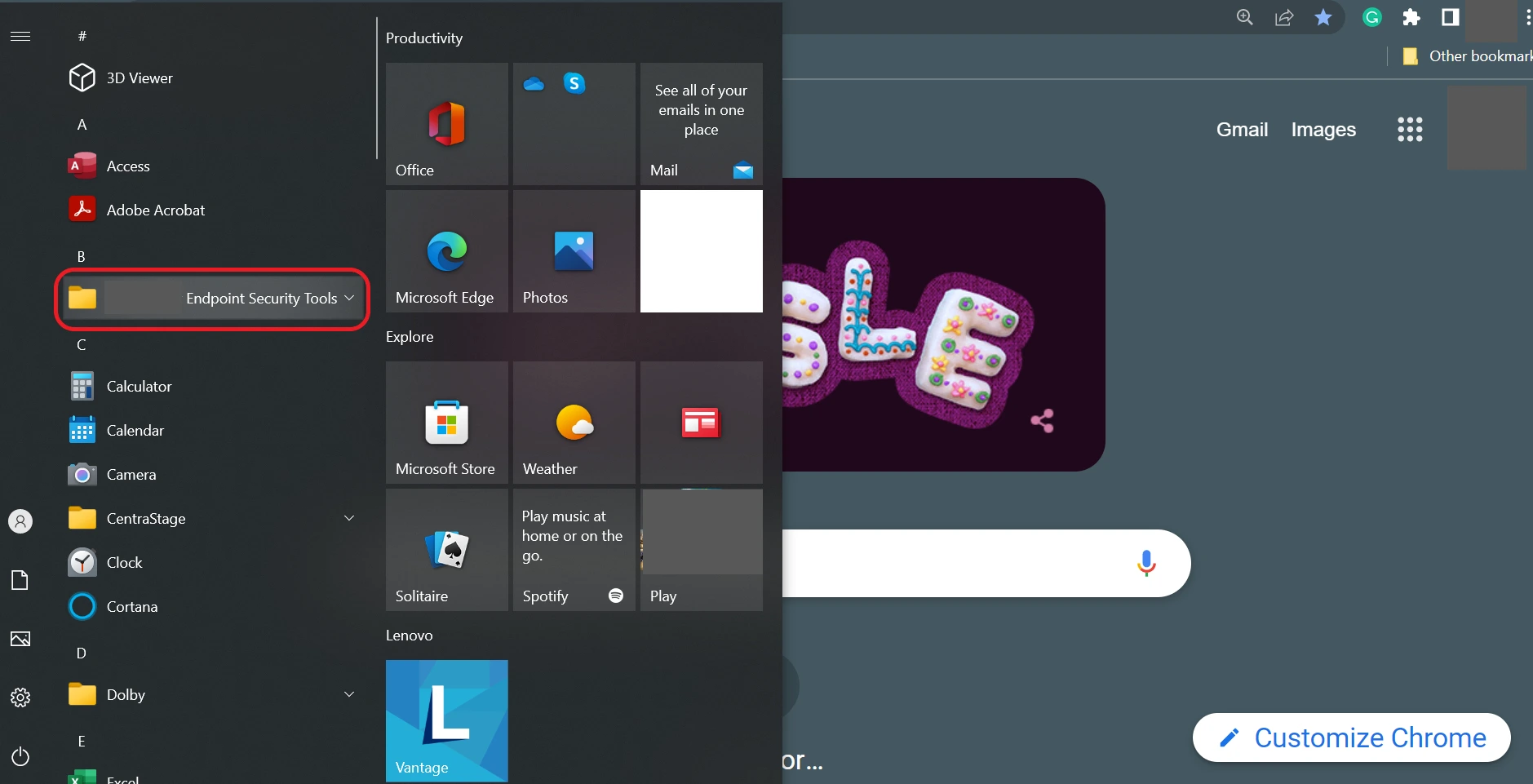We’ve all heard the stories of homes being burgled by criminals disguised as service providers. Despite the best security, if the criminal is let into the home via a door, the security system is useless.
The same thing applies to your cybersecurity. Although you might have the best firewalls, anti-malware, and other security in place, if someone “opens the door from the inside,” it’s very easy for cybercriminals to gain access to your data and records. This is known as an insider threat.
Let’s take a closer look at what is an insider threat, how to detect insider threats plus what we can do to prevent them.
What is an insider threat?
Insider threats are literally “threats that come from the inside.” In fact, globally 50% of data breaches are due to the presence of insider threats. In short, it’s a security risk that’s introduced by individuals with access to an organization’s network who can “open the door” to give cybercriminals access.
An “insider” could be anyone who can legally bypass security measures and has access to a company’s network. They might be regular employees, managers, top management, vendors, contractors, or clients. These individuals may carry out an insider attack intentionally or unknowingly.

Types of insider threats
There are various types of insider threats. Here are three of the most common types.
Negligence insiders
The major cause of most insider breaches is carelessness or ignorance of security policies. For example, employees forget to update security patches on work applications, use weak passwords or click on suspicious links from an office computer. While these employees do not harbor ill will against the company, their negligence indirectly exposes corporate data to cybercriminals.
Malicious insiders
Malicious insiders deliberately devise plans to sabotage a company from within. They might be employees who hold grudges against the company or are paid by competitors to conduct industrial espionage. Either way, these suspects are highly dangerous because they are familiar with the company’s network security setup and can escape conventional detection.
Imposters
Imposters, or moles, are cyber criminals who pretend to be the company’s employees by stealing and using their credentials. This allows them to log in to the organization’s network and steal information without triggering any red flags.
Real-life examples of insider threats
Insider threat incidences have grown over the years, here are a few notable examples of how devastating these attacks can be.
- Tesla was the target of a vengeful attack by its employee in 2018. The unfortunate incident affected Tesla’s manufacturing capabilities and exposed confidential information to external parties.
- Microsoft suffered from a classic negligence case when its employees failed to secure its Azure customer support database with strong security policies. This resulted in a leak of 250 million customer records and anyone could access them on the internet.
- JW Marriot fell victim to an imposter attack in 2020. The attacker stole the credentials of the hotel’s employee, leading to the theft of 5.2 million guest records. While the hotel eventually sealed the breach, it was fined $24 million for the incident.
- Bonus example – not all insider threats might come from a malicious party inside. In 2020, an “insider” at Tesla worked with the FBI to bring down a malicious party who offered him a million US dollars to introduce malware into the network.
What are some potential insider threat indicators?
Here are a few indicators that someone is trying to steal data from within your company. Of course, there might not always be tell-tale signs.
Abnormal network activity
- Sudden traffic spikes from a particular workstation in the office.
- An employee might attempt to access resources they are not authorized to.
- Someone might download large numbers of files from the company’s server.
- Employees log in to the organization’s network at unearthly hours for no apparent reason.
- Email exchange with unknown correspondents that contains sensitive information.
Strange workplace behaviors.
- Employees motivated by malicious motives might show up earlier than usual at work, appear disengaged, and behave suspiciously.
- Using flash drives at the workplace, despite strict regulations that forbid such practices.
- Blatant expression of dissatisfaction towards colleagues or the management.
- Misuse of workplace computers for personal leisure, such as gaming or streaming during working hours.
- Intentional lapse in security habits, such as ignoring corporate security policies.
How to detect insider threats
Insider threats are hard to detect because the perpetrators carry out their plans knowing how to bypass the protective measures. This makes anti-malware, firewall, and passive threat detection systems ineffective in alerting potential insider attacks. Such security solutions are designed for watching and blocking threats from outside the network.
Companies need a proactive insider threat detection strategy that analyzes human behaviors and network usage. For example, companies might encourage mutual observation amongst employees to detect suspicious behavior. On the same note, they should also ensure that HR managers screen all new hires stringently.
Insider threat detection also calls for proactive cyber defense software that uses machine learning to pick up signs of an impending attack. Machine learning is an advanced technology that trains the software to learn to look for suspicious network activities. The threat detection software actively scans every connected device and network for actions that violate security policies.
How to protect against insider threats
Despite your best efforts, malicious or careless employees might slip through detection systems. In such cases, setting up comprehensive insider threat detection strategies will help you safeguard corporate data and ensure minimum disruptions to business operations.
Increase security awareness
Security awareness is essential to ensure employees are aware of their security habits. For example, it encourages them to use strong passwords and VPNs to prevent credential theft. In this case, ClearVPN helps because it provides highly-secure encryption. Furthermore, experts trust ClearVPN to boost online privacy, particularly when working remotely.
Secure critical data and systems
Insider attacks result in compromised data and digital infrastructures, such as manufacturing equipment and medical systems. Security teams must take mitigative measures to prevent severe disruptions, including network segmentation, backups, and encryption. Doing so enables the company to resume operations while dealing with the attack’s aftermath.
Enforce stringent security policies
All employees and guests must follow standard security policies when accessing the company’s network. The security policy should cover various areas in preventing and responding to undesired behaviors and potential data breaches. For example, the policy might prohibit using portable drives on work devices, clarifies user monitoring measures, and makes multifactor authentication mandatory.
Endpoint threat intervention
Endpoint refers to computers, smartphones, and other devices connected to the company’s network. These devices are vulnerable to insider attacks because it’s hard to regulate their usage. For example, an employee might unknowingly install a malware-infected app. Therefore, companies must implement an automated endpoint threat detection solution to monitor, secure, and isolate potential threats on all work devices.

FAQs
Why are insider threats dangerous?
An insider attack causes operational disruption, financial fallouts, and reputational loss. The impact is more significant than external threats because perpetrators carry out their acts undetected for a long period. Once the security team becomes aware of the situation, the damage has been done.
How to prevent insider threats?
Stopping insider attacks requires a shift to insider threat protection methods that address the hybrid workforce’s security challenges. Instead of waiting for the attacks to happen, the IT team must deploy active threat detection systems, update security policies, and train employees to adhere to best practices.
What type of data is most vulnerable to insider attacks?
Insider attacks often compromise customer data, intellectual properties, and financial records. These attacks target file servers and databases that stores volumes of sensitive information. With that said, endpoint devices such as computers and mobile phones are also at risk.
How costly are insider attacks?
Insider attacks cost organizations an average of $15.38 million in 2022, with most of the expenses spent on containing the fallouts. This is a stark increase compared to $11.45 million in 2020. Besides remedial costs, insider attacks might jeopardize investor confidence and customer trust.
